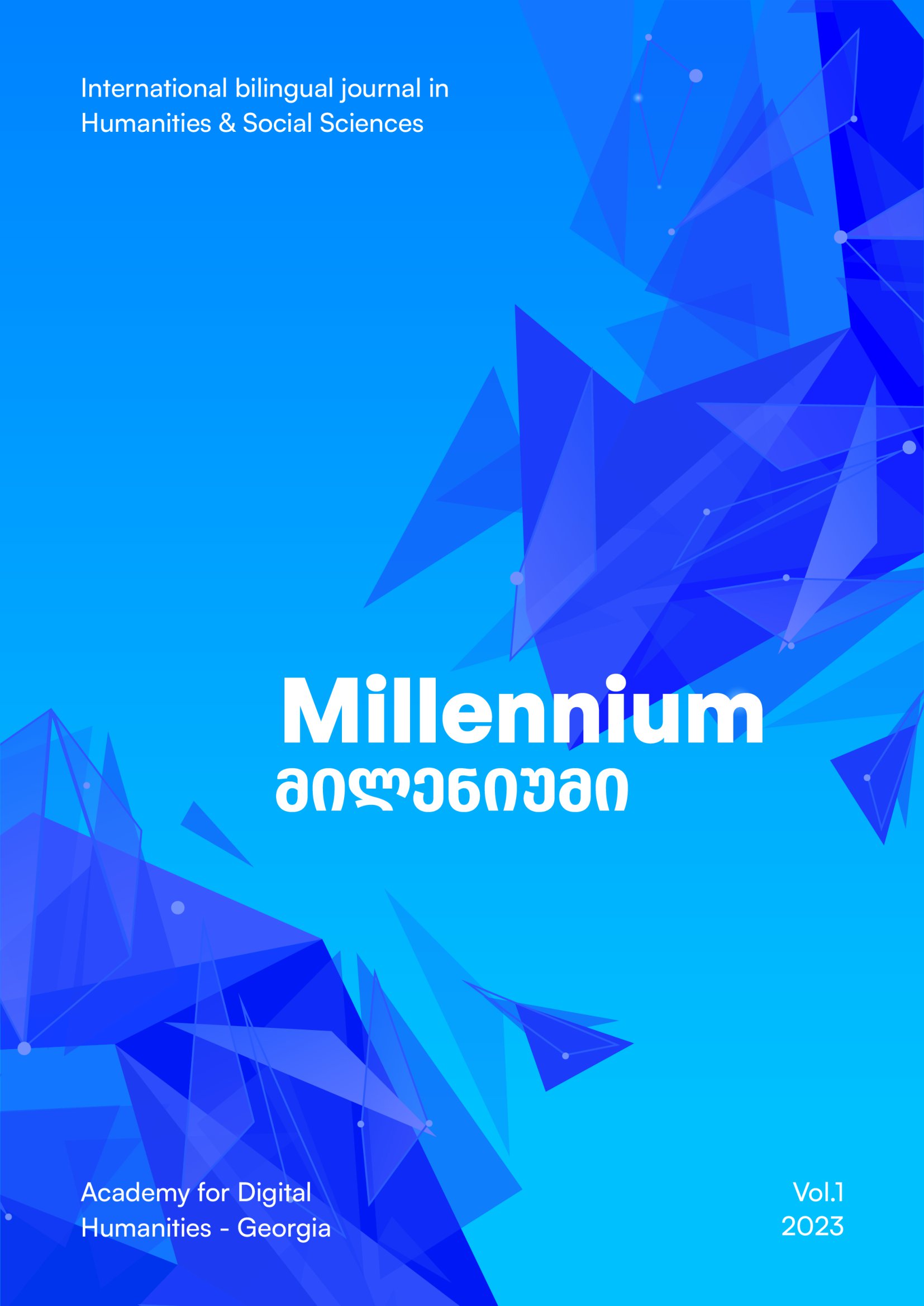The Grammaticalized Verbal Form adga in Georgian: Functional-Semantic Analysis and Homonymy Caused by the Form in the Corpus
Main Article Content
Abstract
Language as a system of signs is a complex phenomenon. Full analysis of language means, on the one hand, studying the linguistic system and, on the other hand, studying the mechanisms of its functioning, i.e., analysing the interaction between deep and surface structures. At the same time, language is a constantly changing system. Changes occur on each level of language: in its phonological setup, its morphological system and its syntactic structures. Changes also apply to the field of semantics and pragmatics.
The primary function of language – its use in communication – builds upon the linguistic inventory, which consists of lexical units and functional elements. The inventory of a language can be divided into different paradigmatic classes. Due to changes, a sign can be transposed from one paradigmatic class to another in natural languages. This type of change in a given language system is called grammaticalisation.
Grammaticalisation is a well-known phenomenon in typology. During the process of grammaticalisation, a lexical unit looses its historically developed semantics and after its desemanticisation acquires some specific grammatical function; consequently, it becomes a functional element. In general, the change of lexical units into grammatical/functional elements is quite common in natural languages and it is characteristic for both nouns and verbs; however, the research methodology concerning them is different. In typological terms, grammaticalisation is particularly specific in the transformation of verb forms into functional elements.
The process of grammaticalisation involves a change of the paradigmatic class of a linguistic sign. A change of this type does not occur at once, it is gradual, as a grammaticalisation process as Hopper says: “a change is only incompletely achieved at any given stage of language” (Hopper 2005:25).
The present paper refers to the process of grammaticalisation, the functional and semantic analysis of grammaticalised items, and the ways to tackle the problems that arise in computer linguistics due to grammaticalised elements of verbal origin. The goal of the paper is to demonstrate the grammaticalised function of the verbal form a-dg-a (PR-stand-AOR.S3.SG) ‘stood up’ vs. ‘abruptly stopped an action and began a new one’ and the semantic and functional aspects of this form. The investigation uses both corpus-based and corpus-oriented methods and is carried out on the basis of the Georgian National Corpus (GNC; www.gnc.gov.ge). The empirical data are collected from the Old, Middle and Modern Georgian corpora, as well as the subcorpora of juridical and political texts.
In order to search the functional and semantic characteristics of the grammaticalised form a-dg-a, we applied the methods of lexical substitution and elimination, and to describe the functions of the form, we used a language competency test. The results of the test are illustrated by charts.
Functional elements create special difficulties in computational language processing, i.e. in computational linguistics. Today no one argues about the establishment of digital bases of spoken and written language and the importance of its processing with digital methods: in the 21st century, scientists’ efforts are rather aimed at creating and improving methods of artificial intelligence. The creation of systems for automatic recognition and analysis is one of the main tasks. This requires a thorough analysis of the linguistic system on phonological, morphological, syntactic, semantic and pragmatic levels. Since the Georgian language material is not yet functionally processed in all its facets, the Georgian National Corpus does not possess an algorithm to distinguish functional elements from homonymous elements belonging to another paradigmatic class, which is an unsettled problem of disambiguation.
The present paper describes the homonymy that is caused by the grammaticalisation of the form a-dg-a and the ways of removing the ambiguity in the GNC. On the basis of the collected data, it suggests rules which are illustrated by charts. We hope that the suggested rules will be a basis for an improvement of the corpus-internal mechanism of morphological analyis.
